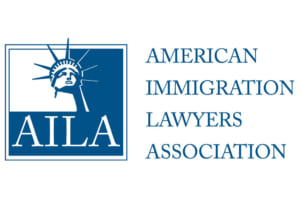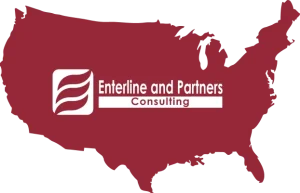 U.S. attorneys are members of at least one U.S. bar association. Most bar associations have public listings of their member lawyers in good standing and these members can be publicly searched. For David Enterline, you can go to this website and search for his last name “Enterline” – https://ams.okbar.org/eweb/startpage.aspx?site=FALWEB For Ryan Barshop, you can go to this website https://iapps.courts.state.ny.us/attorneyservices/search and search his last name.
U.S. attorneys are members of at least one U.S. bar association. Most bar associations have public listings of their member lawyers in good standing and these members can be publicly searched. For David Enterline, you can go to this website and search for his last name “Enterline” – https://ams.okbar.org/eweb/startpage.aspx?site=FALWEB For Ryan Barshop, you can go to this website https://iapps.courts.state.ny.us/attorneyservices/search and search his last name.
Both Mr. Enterline and Mr. Barshop are members of AILA. AILA is the American Immigration Lawyers Association, the national association of immigration lawyers. AILA was established to promote justice, advocate for fair and reasonable immigration law and policy, advance the quality of immigration and nationality law and practice, and enhance the professional development of its members. There are more than 15,000 U.S. lawyers who are members of AILA. You can read all about AILA at https://www.aila.org/
How can we help you? Please contact us at info@enterlinepartners.com or David Enterline {yin da wei} at david@enterlinepartners.com or Ryan Barshop at ryan@enterlinepartners.com.








